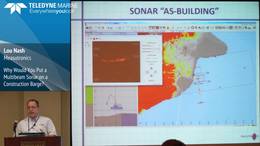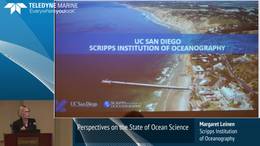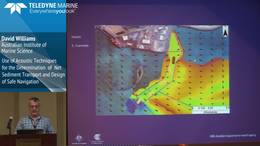Slocum Gliders in multidisciplinary studies on the Scotian Shelf and beyond
Abstract:
The Ocean Tracking Network and the Marine Environmental Observation, Prediction and Response (MEOPAR) Network Centre of Excellence have jointly funded the Coastal Environmental Observation Technology and Research (CEOTR) glider program since 2010. Our glider program supports a wide variety of research focused on understanding physical, chemical and biological oceanographic processes with collaborators across Canada and the USA. Researchers that bridge the gap between ocean physics and marine animal movement have utilized measurements of water masses and current estimates determined from Slocum gliders to help understand salmon migration. Measurements of oxygen concentration over multiple years have helped validate circulation models to estimate low-oxygen zones which could alter the habitat of sensitive marine animals such as the wolffish. Slocum gliders equipped with passive and active acoustic sensors have been used to provide multiyear monitoring of both whales and their prey in Atlantic Canada and in the Pacific Ocean off of Vancouver Island. In order to adapt to this broad scope of research, we have had to adapt our gliders to the specific needs of researchers and solve case-specific issues as they arise. Through training and collaborations, we support innovative research across disciplines by working with researchers, industry and government.Presented by:
Adam Comeau
Dalhousie University






